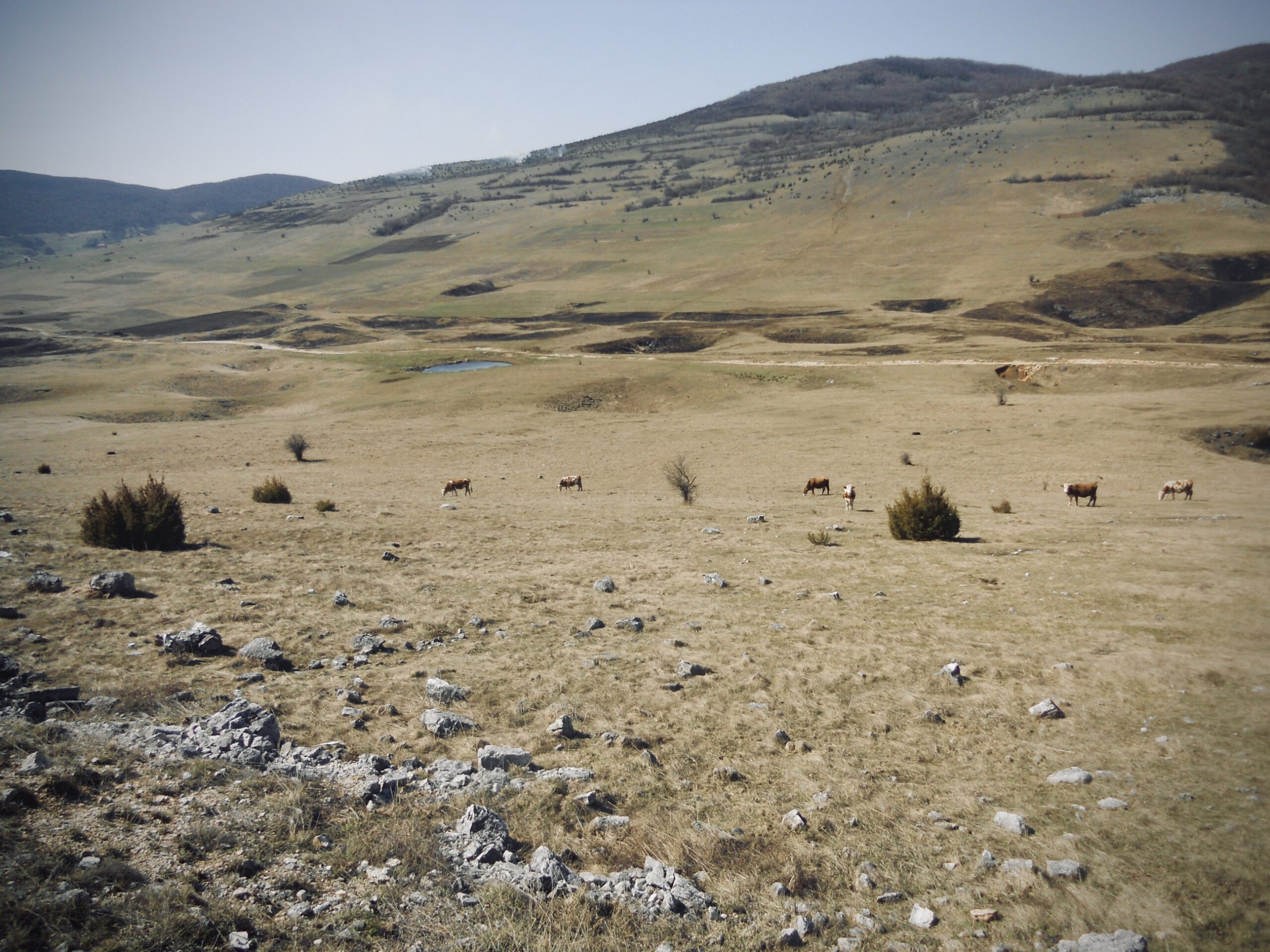The first field research under the direction of Jovan Cvijić was made by Petar Kočić in the year 1909. His research goes only to the extent to substantiate the thesis that the Zmijanje region was “from immemorial undoubtedly Serb land” although he found that in addition to the older layer, there is a layer of recent population. His research continues and confirms Milan Karanović but with no new information.
In addition to anthropogeography research, attempts have been made to clarify the origin of the population of northwestern Bosnia from the historical aspect. So, Petar N. Gaković stresses that Bosanska Krajina was always populated by Serbs, and that there was no immigration, but only very expansive emigration as we have in Montenegro and Herzegovina. In contrast, Vladislav Skarić pointed out that the population of northwestern Bosnia has a dual origin. Older immigrants are from Herzegovina and Montenegro, and the population of more recent origin is from the “western hill region” and northern Dalmatia.
In addition to anthropogeography research, attempts have been made to clarify the origin of the population of northwestern Bosnia from the historical aspect. So, Petar N. Gaković stresses that Bosanska Krajina was always populated by Serbs, and that there was no immigration, but only very expansive emigration as we have in Montenegro and Herzegovina. In contrast, Vladislav Skarić pointed out that the population of northwestern Bosnia has a dual origin. Older immigrants are from Herzegovina and Montenegro, and the population of more recent origin is from the “western hill region” and northern Dalmatia.

Only research that was conducted by Milan Vasić based on the Turkish census – defteri allows us to create a complete picture of the population and socio-economic relations at a time when ethnic movements in northwestern Bosnia were the liveliest. After the Turkish conquest in 1527/8, this area was formed as district Zmijanje, which was first registered in the census in the year 1541. From the census composed around 1563, we notice that between the two censuses, a new district Trijebovo was formed, which covered the southeastern part of the Zmijanje district. According to these two censuses, Vasić concludes that Zmijanje settlements are already quite stable and there was no immigration or emigration of the population. Most villages mentioned in these documents are still present today. The inhabitants are Orthodox Serbs and in the aforementioned census, the majority are registered under the first name of their father, instead of the last name, but there are also formed surnames. There have been only a few cases of Islamization. Vasić eventually concludes that Zmijanje residents who are listed in the oldest Turkish register, and who continuously live in Zmijanje till today are not settled after the Turkish conquest, and the question remains whether they are immigrants from the pre-Turkish period or natives.
At the end of the 19th century, Zmijanje was a relatively sparsely populated area. Until the seventh decade of the 20th century, with the exception of a short period immediately after the First and Second World Wars, the population was increasing. Since the end of the sixth decade of the 20th century, Zmijanje has experienced a process of population emigration. Scheduled emigration affects only one part of the Zmijanje villages, while in other villages emigration takes place spontaneously. Villages of the central part of Zmijanje are the most affected by uncontrolled emigration, whose population is mostly emigrated to Bačka, Banat, Srem, and Slavonia in Serbia and Croatia and around Banja Luka and in Lijevče polje.
The disintegration of the former Yugoslavia and the war in this region are the cause of the massive refugee of Zmijanje population. Most of the houses and facilities, churches, and schools of Zmijanje villages were destroyed and burned. This is the main reason that after the signing of the Dayton Agreement in 1995 only a small percentage of the population returned to their homes.
The disintegration of the former Yugoslavia and the war in this region are the cause of the massive refugee of Zmijanje population. Most of the houses and facilities, churches, and schools of Zmijanje villages were destroyed and burned. This is the main reason that after the signing of the Dayton Agreement in 1995 only a small percentage of the population returned to their homes.
![Matron of Mrkonic Grad, Bosnia and Hercegovina, circa 1930-1937, Olga Benson,University of Washington Libraries, Special Collections, [BPC0483]](https://zmijanje.design/wp-content/uploads/2025/02/Matron-of-Mrkonic-Grad-Bosnia-and-Hercegovina-circa-1930-1937-Olga-BensonUniversity-of-Washington-Libraries-Special-Collections.jpg)
![Man of Mrkonic Grad, Bosnia and Hercegovina, circa 1930-1937, Watercolor by Olga Benson, University of Washington Libraries, Special Collections, [BPC0484]](https://zmijanje.design/wp-content/uploads/2025/02/Man-of-Mrkonic-Grad-Bosnia-and-Hercegovina-circa-1930-1937-Watercolor-by-Olga-Benson.jpg)





